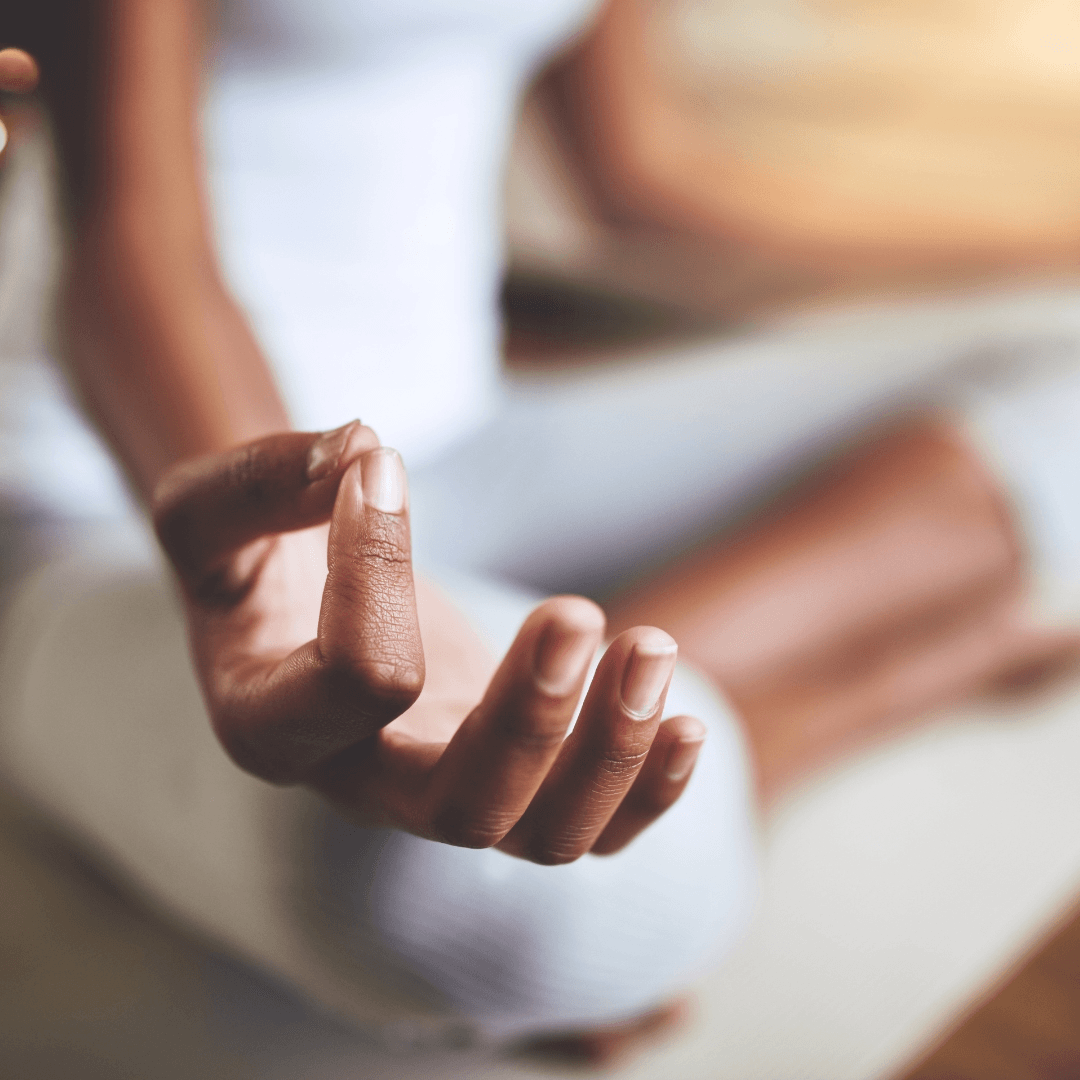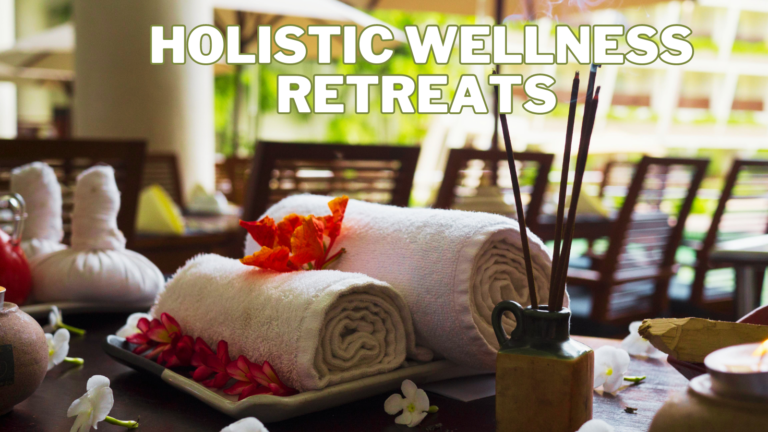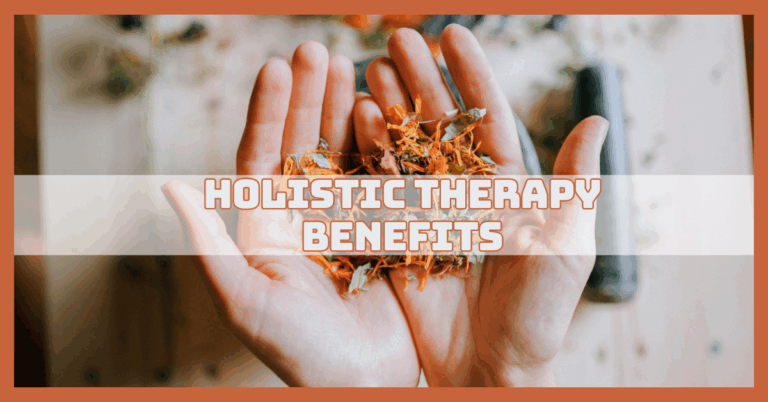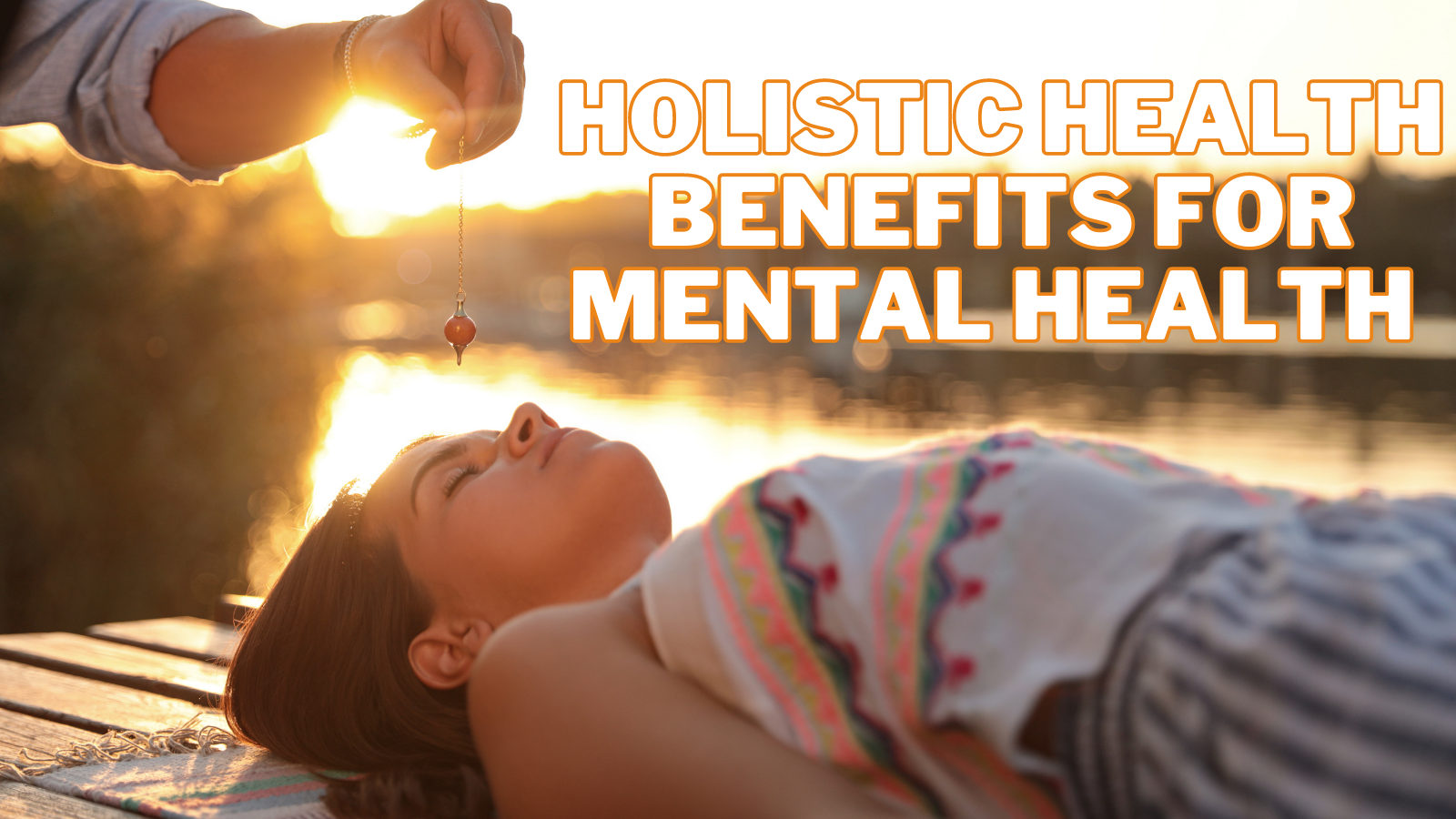Holistic Wellness Practices
Holistic Wellness Practices For Ultimate Relaxation And Stress Relief
Holistic wellness practices embrace a comprehensive approach to health, focusing on mind, body, and spirit well-being.
These practices emphasize the importance of balance and interconnectedness, incorporating meditation, yoga, nutrition, and energy healing methods.
By addressing all aspects of an individual’s life, holistic wellness promotes harmony and vitality, fostering a deeper connection with oneself and the environment.
This guide will explore holistic practices that can enhance overall wellness and lead a more fulfilling life.

Types Of Holistic Health Practices
Holistic health practices encompass a variety of approaches that focus on healing the whole person—mind, body, and spirit. Here are some common types of holistic health practices:
1. Acupuncture
Acupuncture is a Chinese medicine technique where fine needles are inserted into specific points on the body to balance energy flow (Qi).
It helps alleviate pain, reduce stress, improve circulation, and boost overall wellness. Sessions typically last 20-40 minutes.
2. Ayurveda
An ancient Indian practice, Ayurveda uses personalized diets, herbal remedies, yoga, and lifestyle adjustments to balance the body’s “doshas” (Vata, Pitta, Kapha).
It promotes digestion, boosts immunity, and enhances mental clarity through natural therapies tailored to individual constitutions.
3. Chiropractic Care
Chiropractic care involves manual spinal adjustments to correct misalignments, improve nerve function, and relieve pain.
It benefits conditions like back pain, headaches, and joint issues. Sessions include physical manipulation, stretches, and exercises, enhancing mobility and promoting overall musculoskeletal health.
4. Herbal Medicine
Herbal medicine uses plant-based extracts, teas, and supplements to promote healing and address ailments like colds, digestive problems, and inflammation.
Remedies are tailored to individual needs, supporting immune function, reducing symptoms, and naturally restoring balance in the body.
5. Meditation And Mindfulness
Meditation and mindfulness involve focused breathing and awareness techniques to calm the mind and reduce stress.
These practices enhance mental clarity, emotional balance, and self-awareness. Regular sessions, often 10-30 minutes, can improve mood, lower anxiety, and foster inner peace.
6. Nutritional Therapy
Nutritional therapy focuses on a whole-food, nutrient-dense diet customized to individual health needs. It supports digestion, boosts energy, and strengthens immunity.
The process includes dietary assessments, meal planning, and supplementation to address deficiencies and promote overall physical and mental well-being.
7. Reiki
Reiki is an energy healing technique where practitioners channel healing energy through light hand placements on the body.
It promotes relaxation, reduces stress, and aids emotional healing. Sessions typically last 30-60 minutes, enhancing overall well-being and restoring balance.
8. Yoga
Yoga integrates physical postures, breath control, and meditation to improve flexibility, strength, and mental clarity.
It reduces stress, enhances emotional resilience, and promotes overall well-being. Classes vary in duration and style, catering to all levels and encouraging personal growth.
9. Aromatherapy
Aromatherapy employs essential oils extracted from plants to enhance emotional and physical health.
Through inhalation, topical application, or massage, it alleviates stress, improves mood, and promotes relaxation. Sessions can last 30-60 minutes and are tailored to individual needs for optimal benefits.
What Are Holistic Wellness Practices?
Holistic wellness practices focus on treating the whole person—mind, body, and spirit—rather than just addressing symptoms of illness.
Rooted in ancient healing traditions, these practices promote overall well-being by considering all aspects of a person's life, including physical health, emotional state, and lifestyle choices.
Key holistic practices include acupuncture, which uses fine needles to stimulate energy flow; herbal medicine, which incorporates natural plant-based remedies; and mindfulness techniques like meditation and yoga, which help reduce stress and improve mental clarity.
Nutritional therapy is another key component, emphasizing whole, unprocessed foods to support the body's natural healing processes.
Holistic practitioners often encourage a balance between work, relationships, self-care, and practices like aromatherapy, chiropractic care, and energy healing (e.g., Reiki). The goal is to restore harmony within the body, prevent disease, and enhance quality of life.
This approach recognizes that physical, emotional, and mental health are interconnected, meaning well-being depends on maintaining balance in all areas.
Many individuals seek holistic treatments complementary to conventional medicine, finding them useful in fostering long-term health and wellness.
Key Aspects Of Holistic Wellness Practices
1. Mind
Mental health is essential for general well-being. Practices such as meditation, mindfulness, and cognitive therapy help manage stress, anxiety, and depression. They also foster mental clarity, emotional resilience, and a sense of inner peace.
2. Body
Proper nutrition, regular exercise, and natural therapies like acupuncture, chiropractic care, and massage address physical health. The aim is to support the body's innate capacity to repair and sustain itself, foster health, and avert disease.
3. Spirit
Spiritual health, which may or may not involve religion, is about finding purpose, meaning, and connection. Practices like yoga, prayer, and energy healing, such as Reiki, help individuals connect with their deeper selves and the world around them.
Common Holistic Wellness Practices
Holistic wellness practices prioritize the whole person—mind, body, and spirit—over isolated symptoms or conditions. They aim to achieve a harmonious balance among all aspects of an individual’s life, fostering overall well-being and vitality.

1. Meditation And Mindfulness
Meditation and mindfulness encourage quieting the mind, helping reduce stress and foster emotional resilience.
Through simple techniques like deep breathing and focused awareness, these practices bring us into the present moment.
This focus allows for mental clarity and emotional balance, helping individuals navigate life's challenges with a calmer, more-centred mindset. Ultimately, these practices promote daily peace, positivity, and self-compassion.
2. Nutrition And Natural Healing
Nutrition is key to natural healing, focusing on whole, organic foods that support the body’s ability to heal and thrive.
Holistic nutrition tailors diets to individual needs, often integrating ancient practices like Ayurveda and Traditional Chinese Medicine.
These approaches emphasize fresh, nutrient-dense foods and natural supplements, helping restore balance, strengthen immunity, and improve overall vitality, contributing to a more energized and healthy life.
3. Energy Healing
Acupuncture, Reiki, and sound therapy are energy-healing techniques that work with the body's energy systems to restore balance and wellness.
These techniques aim to clear energetic blockages that can cause stress or illness. By fostering positive energy flow, they promote relaxation, reduce tension, and support the body’s natural healing processes, offering a sense of renewal and inner peace.

4. Yoga And Movement Therapies
Yoga combines movement, breathwork, and meditation to strengthen body and mind. Each pose enhances flexibility and physical strength while calming the mind.
Practices like Tai Chi and QiGong work similarly by promoting the smooth flow of energy (or “Qi”) throughout the body. These movement therapies build physical health and create a sense of inner calm and balance.
5. Herbal And Alternative Medicine
Herbal and alternative medicine use natural remedies like herbs, essential oils, and homoeopathic treatments to enhance health.
These therapies have been used for centuries to treat various physical and emotional issues. With no harmful side effects frequently connected to traditional treatment, they provide a gentle, non-invasive approach to healing, assisting the body in regaining equilibrium and well-being.
6. Mind-Body Therapies
Mind-body therapies, such as hypnosis, guided imagery, and biofeedback, focus on the powerful connection between thoughts and physical health.
These techniques help individuals manage stress, relieve pain, and improve mental health by fostering self-awareness and relaxation.
By influencing mental states, these therapies can reduce physical symptoms, enhance emotional well-being, and promote a deeper sense of control over one’s health.

7. Breathwork
Breathwork, such as Pranayama or Conscious Breathing, helps control the breath to enhance relaxation and well-being. By focusing on deep, intentional breaths, these techniques improve lung capacity, reduce stress, and increase oxygen flow throughout the body.
This balanced breathing calms the nervous system, leaving you feeling more grounded and centred. It also boosts your body’s energy levels and enhances overall mental clarity.
8. Ayurveda
Ayurveda is an ancient Indian system that focuses on achieving balance in the body, mind, and spirit through personalized approaches.
Considering your unique “dosha” or body type, Ayurveda recommends specific diets, herbal treatments, and lifestyle changes to maintain health.
It addresses not just physical issues but emotional and spiritual well-being, helping you live in harmony with your body’s natural rhythms for long-lasting health and vitality.
9. Chiropractic Care
The primary goal of chiropractic care is to promote general health by realigning the musculoskeletal system and spine. By adjusting the spine, chiropractors aim to improve posture, relieve pain, and ensure the nervous system functions properly.
These adjustments alleviate discomfort, enhance mobility, promote healing, and contribute to a stronger, more resilient body, supporting everyday physical wellness.
10. Detoxification
Detoxification practices, like juice fasting, colon cleansing, or infrared sauna therapy, help remove toxins from the body.
These methods aim to clear out impurities that can cause fatigue, skin issues, or digestive discomfort. By eliminating toxins, detoxification restores your body’s natural balance, leading to clearer skin, better digestion, more energy, and an overall refreshed feeling, leaving you healthier inside and out.
11. Sleep Hygiene
Sleep hygiene emphasizes creating the right environment and habits for restorative sleep, which is essential for overall health. Practices include setting a consistent bedtime, reducing screen time, and relaxing before bed.
By prioritizing quality sleep, these habits help improve mood, boost immune function, and enhance mental clarity, making you feel refreshed and ready to take on the day.

12. Holistic Counselling
Holistic counselling addresses emotional, psychological, and spiritual well-being, offering a comprehensive approach to mental health.
This form of therapy helps individuals process life’s challenges, gain self-awareness, and foster personal growth. By focusing on the whole person, holistic counselling encourages healing on multiple levels, helping you better understand yourself and promoting overall mental and emotional balance.
13. Naturopathy
Naturopathy is a natural therapeutic approach that increases the body's capacity for healing through nutrition, lifestyle modifications, and herbal treatments.
Naturopathic doctors treat various conditions by addressing their root causes rather than just the symptoms. Focusing on prevention, naturopathy encourages a healthier lifestyle to improve well-being and enhance the body’s natural healing processes, promoting long-term vitality.

14. Sound Therapy
Sound therapy uses vibrational frequencies from instruments like singing bowls, tuning forks, and gongs to promote healing.
These vibrations help clear energy blockages, reduce stress, and restore mind and body balance. The soothing sounds create a meditative experience that calms the nervous system, fostering mental clarity and emotional release, leaving you feeling deeply relaxed and rejuvenated.
15. Environmental Wellness
Environmental wellness focuses on creating a living space that supports your health and well-being. This can include using eco-friendly products, reducing exposure to toxins, and incorporating nature into your daily routine.
By incorporating holistic health practices such as reducing pollution and using eco-friendly products, you can create a home that promotes both physical and emotional well-being.

16. Integration Of Spiritual Health
Spirituality is a key component of holistic wellness, and it acknowledges that spiritual health can deeply affect physical and emotional well-being.
Practices like meditation, yoga, and energy work foster a sense of inner peace and purpose. By addressing the spiritual aspect of a person’s life, holistic wellness offers a deeper level of healing, helping individuals feel more connected and fulfilled.
17. Minimal Use Of Pharmaceuticals
Holistic wellness emphasizes natural remedies over pharmaceuticals whenever possible. Instead of relying on medications that often come with side effects, this approach focuses on diet, herbal treatments, and alternative therapies.
Using natural methods, the goal is to treat the root cause of health issues more gently, avoid drug dependency, and promote a more sustainable path to wellness.
18. Mind-Body Connection
Holistic wellness highlights the strong connection between mental states and physical health. Techniques including biofeedback, guided imagery, and mindfulness are used to manage pain, tension, and anxiety. Improving mental well-being can also enhance physical health.
Thanks to the mind-body link, people are encouraged to nurture their emotional health as part of their overall wellness journey, promoting a more holistic approach to recovery.
19. Emotional Intelligence
Emotional intelligence is key to holistic wellness. It helps you navigate emotions with awareness and understanding. You become more resilient and balanced by improving your ability to recognize, express, and manage feelings.
This self-awareness fosters better relationships, reduces emotional stress, and allows you to respond to challenges with calm and clarity. Emotional intelligence is not just about handling emotions; it’s about thriving in personal and social contexts.
How To Choose The Best Holistic Wellness Practices For You
By following these steps, you can find the holistic wellness practices that align best with your needs, goals, and lifestyle, creating a more balanced, healthier life.
1. Assess Your Current State Of Health
- Evaluate physical, mental, emotional, and spiritual well-being.
- Identify areas where you seek improvement (e.g., stress relief, physical fitness, emotional balance).
2. Understand Your Goals
- Define your wellness goals – relaxation, stress management, or boosting energy.
- Explain how knowing your goals will guide you toward the right holistic practice.
3. Research Different Holistic Practices
- Offer a brief overview of practices like yoga, meditation, acupuncture, energy healing, and herbal medicine.
- Discuss their benefits, target areas, and which aspects of health they address.
4. Consider Your Lifestyle And Preferences
- Determine what fits naturally into your schedule and lifestyle.
- Whether you prefer solo practices like meditation or group settings like yoga.
5. Listen To Your Body
- Encourage readers to try different practices and observe how their body responds.
- Suggest paying attention to how the practice makes them feel physically, emotionally, and mentally.
6. Consult With Holistic Practitioners
- Suggest seeking professional advice from holistic practitioners for personalized recommendations.
- Explain how a tailored plan can better meet individual needs.
7. Start Small And Be Patient
- Encourage readers to start with simple practices and gradually expand.
- Emphasize patience and consistency, as results may take time.
FAQ
1. How Does Meditation Help With Stress Relief?
Answer: Meditation lessens anxiety and racing thoughts by promoting mindfulness and present-moment awareness. Regular meditation can also lower cortisol (the stress hormone) levels, improve mental clarity, and foster a deep sense of peace, helping you better manage stress and emotional overwhelm.
2. Can Yoga Reduce Stress And Help Me Relax?
Answer: Yes! Yoga combines movement, breath control, and mindfulness to relax the body and mind. Stretching and strengthening muscles releases physical tension while breathing exercises calm the nervous system. Yoga’s meditative aspect helps you stay present, reducing mental stress and anxiety.
3. How Does Breathwork Reduce Stress?
Answer: Breathwork, including deep diaphragmatic breathing or Pranayama, lowers stress levels by calming the body and lowering the heart rate.
Controlled breathing exercises trigger the parasympathetic nerve system, which reduces cortisol levels and eases physical and mental strain.
4. Is There A Specific Diet That Promotes Relaxation?
Answer: Yes, a holistic diet emphasizing whole, plant-based foods rich in nutrients can promote relaxation. Consuming foods like leafy greens, nuts, and seeds high in antioxidants and magnesium might help reduce stress.
Avoiding stimulants like caffeine and refined sugar also supports a calm nervous system, fostering better overall relaxation.
5. Can I Combine Multiple Holistic Practices For Better Stress Relief?
Answer: Absolutely! Combining meditation, yoga, breathwork, and herbal remedies can enhance relaxation and provide deeper stress relief.
Each practice complements the others, addressing stress from mental, physical, and emotional angles for a comprehensive approach to well-being.
Conclusion
Choosing the best holistic wellness practices is a deeply personal process that involves understanding your unique health needs, goals, and lifestyle.
You can craft a routine that promotes balance and long-term health by assessing your current well-being, exploring different practices, and listening to how your body responds.
Be patient and open to trying new things, knowing wellness is a journey, not a destination. With consistency and mindfulness, you'll discover the practices that resonate most and support your overall physical, mental, and spiritual well-being.
I trust you enjoyed this Holistic Wellness Practices For Ultimate Relaxation And Stress Relief article. Please stay tuned for more blog posts soon. Take care!
JeannetteZ
>>>Please click here to read my all-inclusive article about Lessons That Will Teach You All About Stress<<<
>>>Are you interested in Natural Healing And Stress Relief Through Herbs? Please click here for my #1 Recommendation<<<
Your Opinion Is Important To Me
Do you have thoughts, ideas, or questions? I would love to hear from you. Please leave me your questions, experiences, and remarks about this Holistic Wellness Practices For Ultimate Relaxation And Stress Relief article in the comments section below. You can also email me at Jeannette@Close-To-Nature.org.
Disclosure
This post may contain affiliate links. I earn from qualifying purchases as an Amazon Associate and other affiliate programs. Please read my full affiliate disclosure.
You might also enjoy these blog posts:
Easy Steps To Grow Papaya In Pots
5 Easy Steps Of Growing Fuchsia Flowers In Pots
Best Ways To Get Nature Therapy






